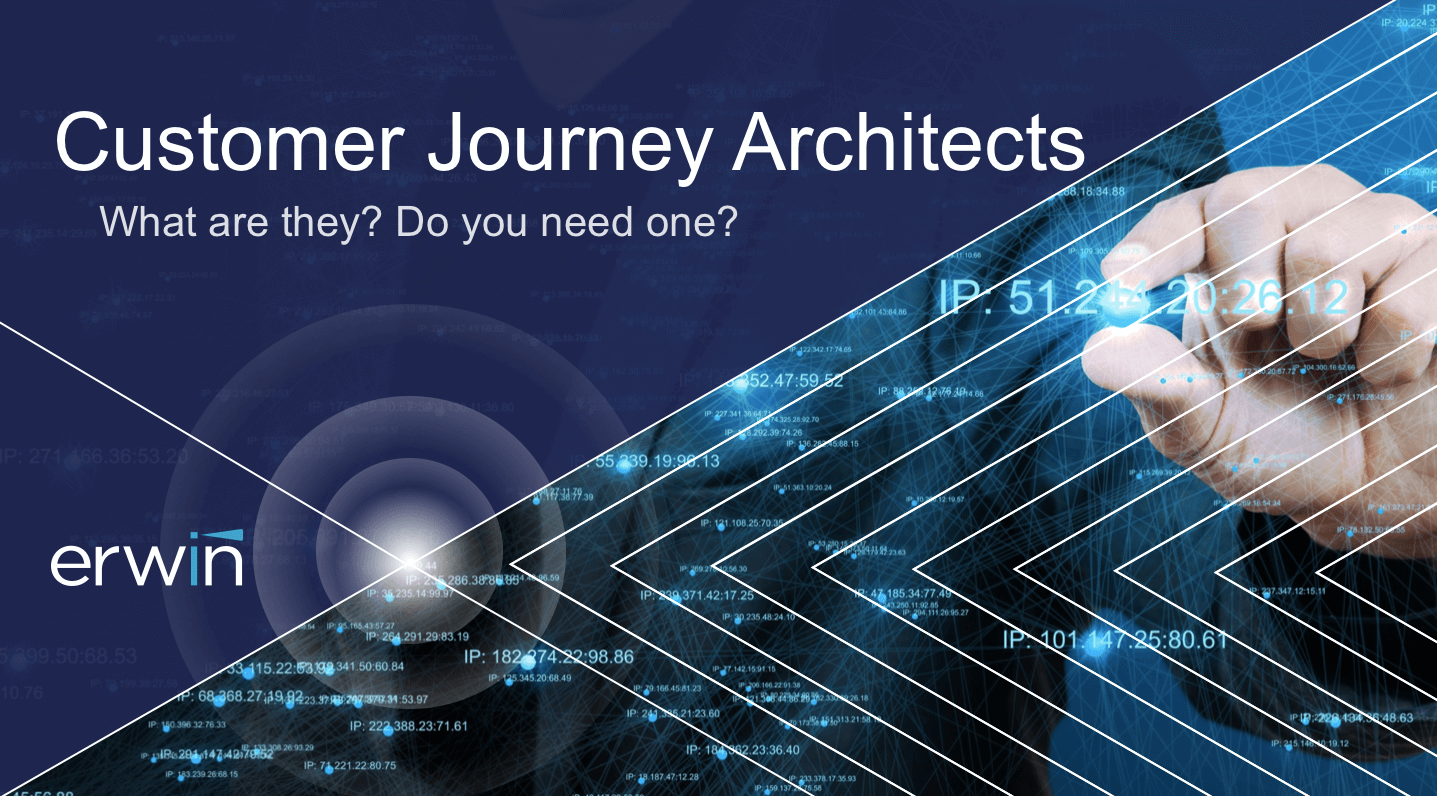Enterprise architecture plays a key role in the modern enterprise, so the average enterprise architect salary reflects the demand.
In this post:
Average Enterprise Architect Salary
LinkedIn data from 808 self-reporting enterprise architects indicates that the average enterprise architect’s salary is $146,000.
As with most professions, enterprise architect salaries tend to increase with years of experience.
Enterprise architects who add enterprise architecture certifications to their resume also report higher earnings.
In Glassdoor’s 25 Best Jobs in the UK for 2020 report, enterprise architect came out on top.
It is “the first technology role to be named the ‘best job in the UK,’ beating marketing, finance and ops roles that have traditionally taken the top spot,” according to Amanda Stansell, Senior Economic Research Analyst at Glassdoor.
The report looked beyond just salary as a factor, encompassing job openings and job satisfaction as well.
Interestingly, DevOps engineer is one of 11 new roles to make the list.
Considering the trends of digital transformation and agile business, DevOps engineer and enterprise architect’s inclusion among the top jobs is likely linked.
What Does an Enterprise Architect Do?
An enterprise architect – not to be confused with a solutions architect, technical architect or data architect – is a specialist in collaborating to establish desired business outcomes by introducing the infrastructure necessary to achieve them.
For more info about how enterprise architecture differs from solutions, technical and data architecture, see:
-
The Difference Between Enterprise Architecture and Solutions Architecture
-
The Difference Between Enterprise Architecture and Technical Architecture
-
The Difference Between Enterprise Architecture and Data Architecture
Enterprise architects typically delegate the technical- and solution-specific tasks to technical and solution architects. This makes leadership, management and communication skills vital arrows in the enterprise architect’s quiver.
Often reporting to C-level roles such as the chief information officer, enterprise architects:
- Align business and IT functions with the organization’s goals
- Assess/analyze an enterprise’s systems and assets to establish both redundancies and current architecture gaps
- Analyze risk and impact related to the acquisition of new systems or phasing out/changing current systems
- Collaborate with stakeholders from different areas of the business to ensure a complete view of the enterprise architecture
Enterprise Architect Salary Expectations
As with any career, enterprise architect salary expectations are driven by their value to an organization and the responsibilities they are expected to take on.
Enterprise architects help organizations develop a holistic, informative view of the organization to inform strategic planning.
Increasingly, the latter half of the above statement is foregrounded. Data-driven business has seen enterprise architects evolve from providing a support-focused, foundational function to one that is forward-thinking and business-outcome oriented.
Of course, enterprise architects have always been concerned with the latter but were hamstrung by their perception as working from an ivory tower.
Now the changing business landscape, as well as improvements to enterprise architecture management systems (EAMS) that have made them more collaborative, is helping organizations see them in a new light.
What’s Influencing Enterprise Architecture Salaries?
The demand for enterprise architects is increasing because of colossal changes in the way most enterprises do business.
And from SMBs to large, multinational corporations, most organizations now manage more increasingly complex architectures, more so than just a decade ago.
Organizations striving to optimize and not just manage their enterprise architectures need both the personnel and systems to facilitate this.
The Tools Enterprise Architects Need to Thrive
The demand for enterprise architects isn’t increasing because organizations want to recycle past approaches to the domain.
No, the days of enterprise architecture being viewed primarily as a support function are over.
Today, enterprise architects serve a valuable strategic function within the organization and should be equipped to succeed.
Enterprise architecture management systems (EAMS), as opposed to limited or repurposed Office tools that have to be updated and managed independently, enable enterprise architects to create a central source of truth for as-is and to-be states.
This prevents oversights and errors, allowing enterprise architects to be proactive in guiding an organization in fulfilling its mission with the necessary systems.
Learn more about enterprise architecture management systems.













